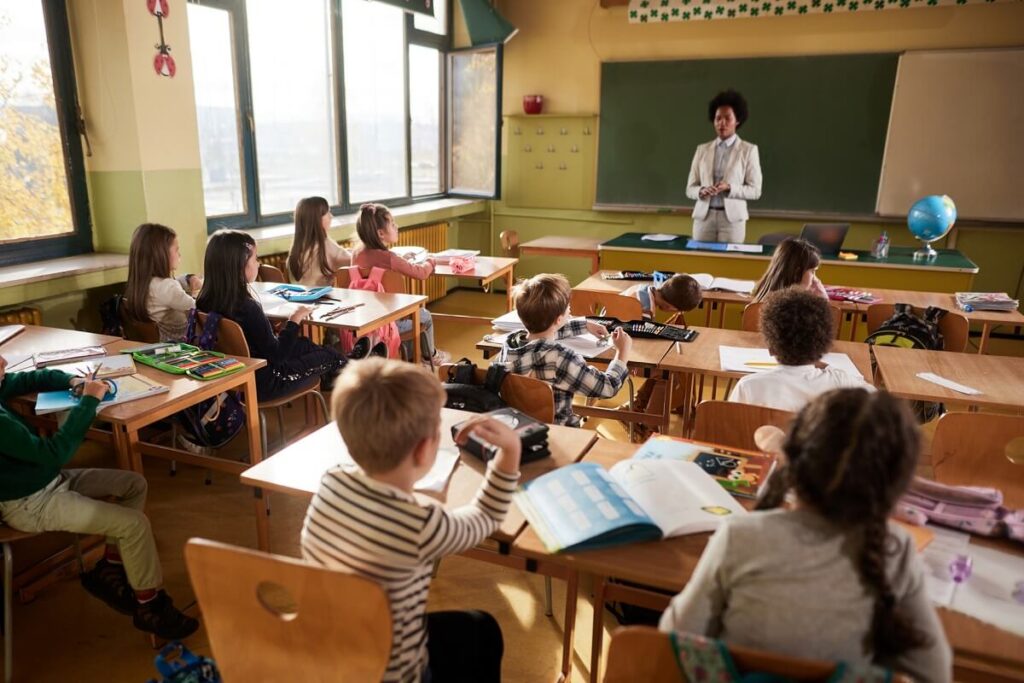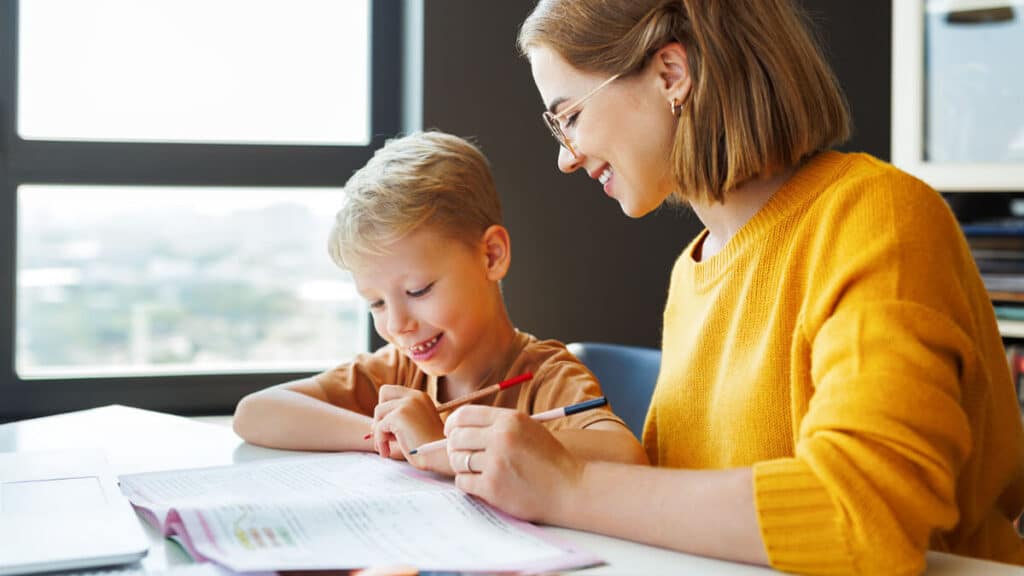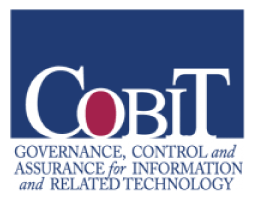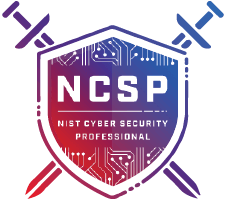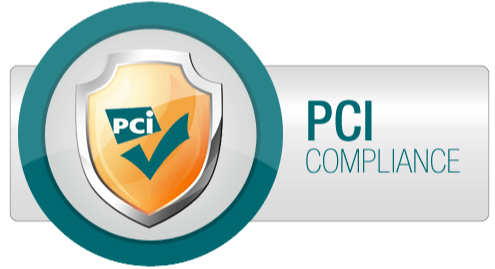A student’s Individualized Education Program (IEP) provides critical information for parents and educational team members related to understanding a student’s disability and how this disability may impact the student’s progress related to academic and functional living skills. IEP goals describe a plan of action to address individualized areas of need to aid students in progressing in the academic curriculum and developing appropriate functional living skills.
Selecting meaningful IEP goals and writing these goals in specific, measurable terms is critical to ensure all team members are working together to address and monitor student progress on these goals in a consistent manner.
Step 1: Conduct an Assessment
The first step when creating quality IEP goals is to conduct an assessment to identify the student’s present levels of academic achievement (math, social studies, ELA) and functional performance (activities of daily living, social skills, communication skills, employment skills).
In addition to conducting appropriate assessments, it is critical during this phase to get input from parents on areas of need for their student, particularly with skills that may be difficult to assess in a traditional classroom setting (e.g., independence with toileting skills, social skills with peers, independence level with dressing skills). Conducting this assessment will yield information about the student’s strengths and needs, which will be used to select appropriate academic and functional goals for the school year.
Step 2: Select Meaningful Goals
A thorough assessment will often provide team members with a lot of information regarding possible areas of need for a student.
This phase of the IEP process can be overwhelming, so to select the most critical and meaningful goals to be targeted as IEP goals, it is important to ask several questions regarding the assessment results. For example:
- which skills will help this learner function as independently as possible?
- Which skills will help this learner build meaningful relationships with peers?
- Which skills will allow this learner to access desired items or activities from other people in his or her environment?
- Which skills are necessary for this learner to develop appropriate employment skills?
- Which academic skills are critical building blocks when working towards access to the general education curriculum?
By asking and answering these questions, the team can start to formulate appropriate, meaningful, and individualized academic and functional living skills goals.
Step 3: Make it Specific
Clearly defining each goal in observable terms is the next step in building a quality IEP goal. Creating and implementing IEP goals is a collaborative process with multiple stakeholders often involved in this process; parents, teachers, administrations, speech language pathologists, and occupational therapists are a few examples. For this reason, it is critical to define the skill or behavior targeted for improvement in specific, observable, and objective terms to ensure there is agreement across all team members on the exact skill being worked on.
Team members can create specific goals by avoiding vague and subjective descriptions such as, “John will listen attentively on 3/4 trials”, or “John will be flexible on 4/5 trials”. Using action words such as “John will read”, “John will state”, “John will name”, John will write”, and “John will point to,” helps to make sure we are describing observable behaviors that can be measured. In addition to using action words, a specific definition can be created by replacing broad labels such as “John will be attentive” or “John will be flexible” with specific behaviors.
A good place to start breaking down broad terms like “attentive” is to start by describing what attentive behavior looks like. For example, attentive behavior in the classroom may be attending to the smartboard or teacher when she is speaking, complying with instructions when presented to the group, raising your hand to answer questions, or following along with the group while reading an informational text passage out loud. After describing what it looks like to be attentive, think about your learner; do any of these behaviors apply to your student? Would one of these behaviors apply to skill deficits in your student’s current repertoire? Will working on this skill help your student access a less restrictive/ more inclusive environment? If so, this is likely a great place to start!
Step 4: Make it Measurable
After selecting and describing a specific skill or behavior, it is important to include information about how this skill or behavior will be measured, where it will be measured, how often it will be measured, what the mastery criteria for this goal will be, and when you anticipate your learner will meet mastery criteria for this goal. There are many ways we can measure progress towards a specific goal; for example, we can collect data on duration, percentage correct, a task analysis, or frequency of occurrence.
The type of data being collected should be specified in the IEP goal. How often will data be collected (e.g., will it be every day, once a week, or once a month)? Where will data be collected (e.g., in the occupational therapy room, in the lunch room, outside during recess, or in the classroom)? How will team members know when the goal is mastered? What is a reasonable amount of time to master this goal? Including these details in the IEP goal, increases the likelihood that there will be consistency among team members on what skill or behavior is being taught, how data is being collected, and how often data is being collected.
Examples of Subjective vs. Objective and Measurable IEP goals:
Subjective: John will increase attending on 3/4 trials
Objective and measurable: By the end of the school year, John will raise his hand, wait to be addressed, and answer a question related to the current lesson a minimum of 3 times during English class. Data will be collected on this goal 1 time per week using a frequency measure.
By clearly defining the behavior being targeted, how the behavior will be measured, where it will be measured, and how often it will be measured, all team members will have the information they need to target this specific behavior, monitor this behavior, and discuss student progress on this goal in an objective manner.
Step 5: Add Objectives
While the annual IEP goal gives us information about what we anticipate our students will master by the end of the school year, short term objectives give us specific information about how we plan to break down this goal in specific, sequenced steps. For example, if the annual goal is, “John will identify pennies, nickels, dimes, and quarters, by pointing to specified targets within a larger set,” the short-term objectives may be, “1. John will identify penny and nickel, 2. John will identify dime and quarter, 3. John will identify a random rotation of all four coins.” Breaking the IEP goal down into short term objectives ensures team members are working towards the broader, annual IEP goal in a logical and consistent manner and that prerequisite steps are mastered prior to working on new material.
Step 6: Remove Prompts from the Annual Goal
If you are a parent of a child receiving special education services, or have worked in the field of special education for any amount of time, there is a good chance you have read a goal that looks something like this, “John will wash his hands with less than two physical prompts.” If this goal can be mastered with prompts given, is it a truly functional skill? Will the student be truly independent?
While utilizing systemic prompting and prompt fading techniques often assists our learners with acquiring new or difficult skills, including prompts in the annual IEP goal may allow our learners to master goals prior to being truly independent. If we anticipate a learner may need careful and systemic prompt and prompt fading procedures, the short-term objectives, which outline how we plan to reach the annual goal, may be a more appropriate place to specify how we plan to teach this goal, while the annual goal will provide a description of what this behavior will look like once the student is able to independently demonstrate the skill or task.
Creating high quality IEP goals takes time and anyone working in the field of education knows this is in short supply! Investing time at the beginning of the year in creating individualized, appropriate, observable, and measurable IEP goals it will decrease the likelihood that team members will need to spend time throughout the school year providing clarity on what the student is working on and how the goals are being monitored. Investing the time to create high quality goals ensures that all team members working with the student will be on the same page when working together to address areas of need and provide the foundation for consistent and seamless progress monitoring throughout the school year.
Tips
- Use action words (student will read, write, state, identify) to create specific, measurable goals
- Replace broad terms such as “Tom will be attentive” with specific, observable behaviors such as “Tom will raise his hand to answer questions related to current academic lesson”
- Have a peer read the goal to check if it is specific, observable, and measurable. Would they be able to teach this skill by reading the goal? Will they know how to collect data and how often to collect data? Will they know when the goal is mastered?
- Consider removing prompts given by adults from the annual goal to promote student independence



